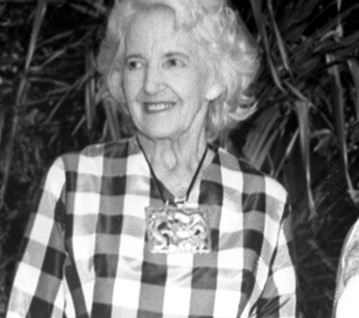Edna Manley stands as one of the most influential figures in Caribbean art, often hailed as the “Mother of Jamaican Art.” Her work was instrumental in shaping Jamaica’s artistic identity and played a crucial role in the country’s cultural and political awakening. Through her sculptures and paintings, Manley captured the essence of Jamaican life, history, and struggle, leaving behind a lasting legacy that continues to inspire generations of artists.
Early Life and Influences
Born in England in 1900, Edna Manley had Jamaican heritage through her mother, which connected her deeply to the island. She studied at St. Martin’s School of Art in London, where she developed her skills in sculpture and painting. After marrying Norman Manley—who would later become Jamaica’s first Premier—Edna moved to Jamaica in 1922, a transition that profoundly influenced her artistic journey.
Artistic Style and Themes
Edna Manley’s work is best known for its bold, modernist style. She used her art as a vehicle for social and political expression, often depicting the struggles and resilience of the Jamaican people. Her sculptures, in particular, are characterized by strong, dynamic forms that reflect the power and dignity of her subjects.
One of her most famous works, Negro Aroused (1935), symbolizes the awakening of the Jamaican people to their self-identity and empowerment. The piece marked a turning point in Jamaican art, as it was one of the first major sculptures to represent Black identity in a dignified and powerful manner. Other notable works, such as The Prophet and Mountain Women, further explore themes of strength, spirituality, and community.
Role in the Jamaican Art Movement
Edna Manley was not just an artist; she was a visionary who helped to foster an artistic movement in Jamaica. In 1950, she co-founded the Jamaica School of Art (now part of the Edna Manley College of the Visual and Performing Arts), a crucial institution for nurturing local talent. She played a significant role in the National Gallery of Jamaica’s development and was a mentor to many young Jamaican artists.
Her work aligned with the broader push for Jamaican independence, as she used her art to encourage national pride and self-awareness. Alongside her husband Norman Manley, who was deeply involved in politics, Edna helped to shape Jamaica’s cultural and national identity.
Legacy and Recognition
Edna Manley’s impact on Caribbean art is undeniable. Her work continues to be celebrated in major art collections, and her influence can be seen in the generations of artists who followed her. The Edna Manley College of the Visual and Performing Arts remains a leading institution for arts education in the Caribbean, cementing her legacy as both an artist and a cultural leader.
In recognition of her contributions, Manley was awarded the Order of Merit, Jamaica’s highest honor for arts and culture. Today, her sculptures and paintings remain a testament to her vision and passion for Jamaican identity and artistic excellence.
Conclusion
Edna Manley’s art was more than just an aesthetic pursuit—it was a movement. She used her talent to carve out a space for Jamaican and Caribbean artistic expression, challenging colonial perceptions and fostering a sense of national pride. Her work remains an enduring symbol of strength, identity, and cultural awakening, ensuring her place as a true pioneer in Caribbean art history.


